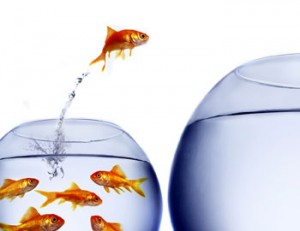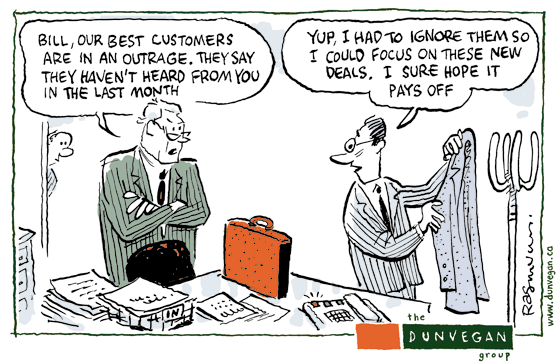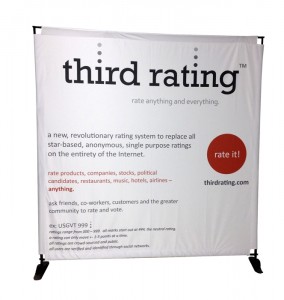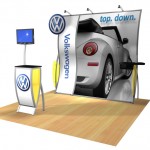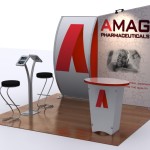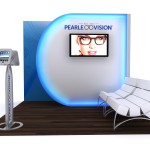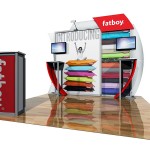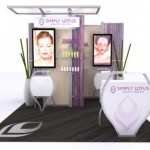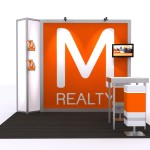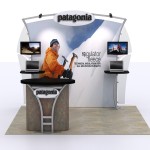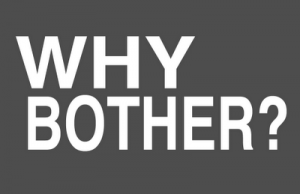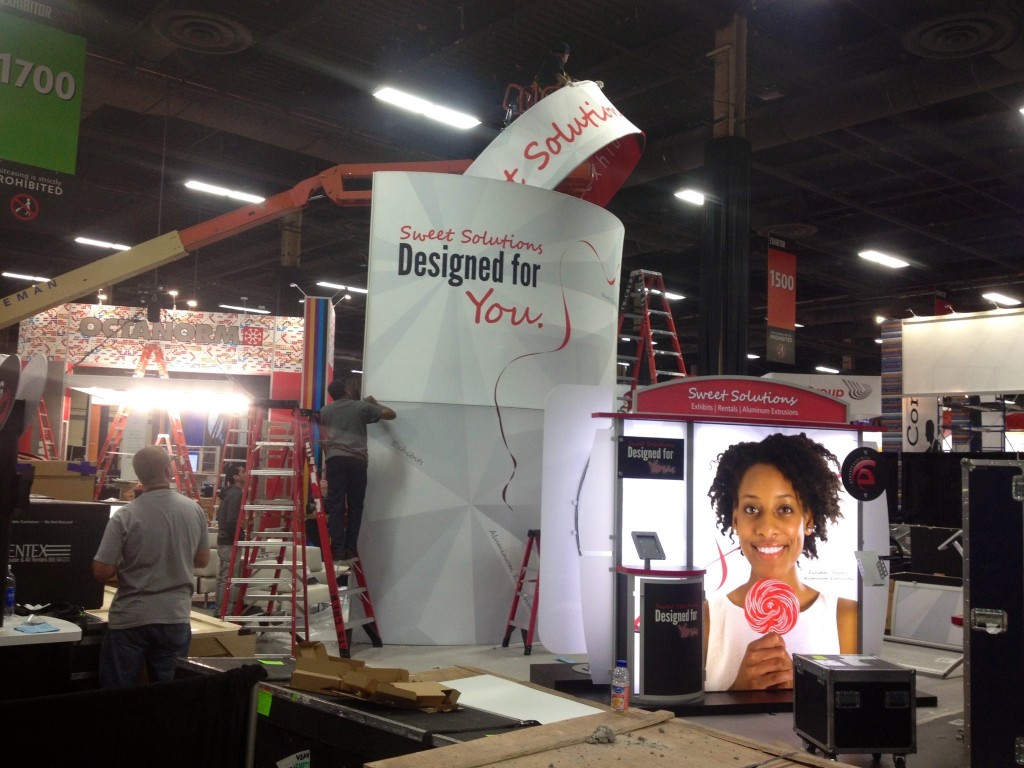Trade show experts tell us to never eat in the booth. It’s bad etiquette. From my experience, this arbitrary “food rule” is specific to North America. For example, at EuroShop, there was food everywhere, whether served to attendees or eaten by staffers. It’s time we dispense with this food hypocrisy. People are going to eat, so let’s agree on some guidelines. Some food is appropriate. Others not so much. Here are my suggestions of food never to eat/serve in your booth.
Anything Your Grandpa Would Take on a Fishing Trip
Potted meat, vienna sausages, sardines (in oil, tomato, or mustard sauce), saltines, and Milwaukee’s Best. Basically any canned meat sold at The Dollar Store and any beer that costs less than bottled water.
Any Regional Delicacy Eaten Mostly on a Dare
Rocky Mountain oysters, lutefisk, scrapple, geoduck, head cheese, turducken, chitlins, watergate salad, and chaudin. Plus, any meat you can’t typically buy at the supermarket (“Try these yummy rattlesnake nuggets!”).
Anything Served with Eyes
Fish, ducks, pigs, etc. If it’s hanging in the window of a Chinese restaurant in Chinatown, you may want to keep walking.
Anything Your Mother Had to Force You to Eat When You Were 10 Years Old
Brussels sprouts, kale, liver, venison, tongue, lima beans, spam, mystery casseroles, …. this list could be several pages long. Two more: Anything Served at the School Cafeteria on Friday or Anything Cooked by Your Weird Hippie Aunt.
Anything That Smells, Lingers, or Coats Your Fabric Graphics
Tuna fish, deviled ham, canned corned beef hash, bacon (sorry), garlic, onions, stinky French cheese, kimchi.
Anything in a Large Glass Jar Typically Found at a Bar
Pickled pigs feet, pickled eggs, pickled sausages… Heck, let’s make this easy and say anything pickled, except pickles.
Miscellaneous
- Poutine (french fries with brown gravy) — This food explains a lot about Canadians
- Spaghetti — There’s no graceful way to eat it, and you’re guaranteed to have a tomato sauce accident
- Sloppy Joes — Or any food with the word “sloppy” in the title
- Any Food That Turns Your Fingertips Orange
- Any Food Requiring Special Utensils to Consume
- Any Food Where You are Tempted to Lick Your Fingers and Then Wipe What’s Left on Your Pants
- Any Food That Makes You Gag When Eaten by the Guy Sitting Next to You on the Plane
Please add your suggestions. We all know that the more food that’s available on the show floor, the less we have to spend entertaining clients. I’m all for the day when a client says, “I’d love to go to that steakhouse, but I ate so much at the show I’m going to have to pass. Thanks anyway.”
No, thank you!!!
–Mel White
http://www.linkedin.com/in/melmwhite
mel@classicexhibits.com
**********************************************
Based in Portland, Oregon, Classic Exhibits Inc. designs and manufacturers portable, modular, and custom-hybrid exhibit solutions. Classic Exhibits products are represented by an extensive distributor network in North America and in select International markets. For more information, contact us at 866-652-2100 or www.classicexhibits.com.
[subscribe2]









